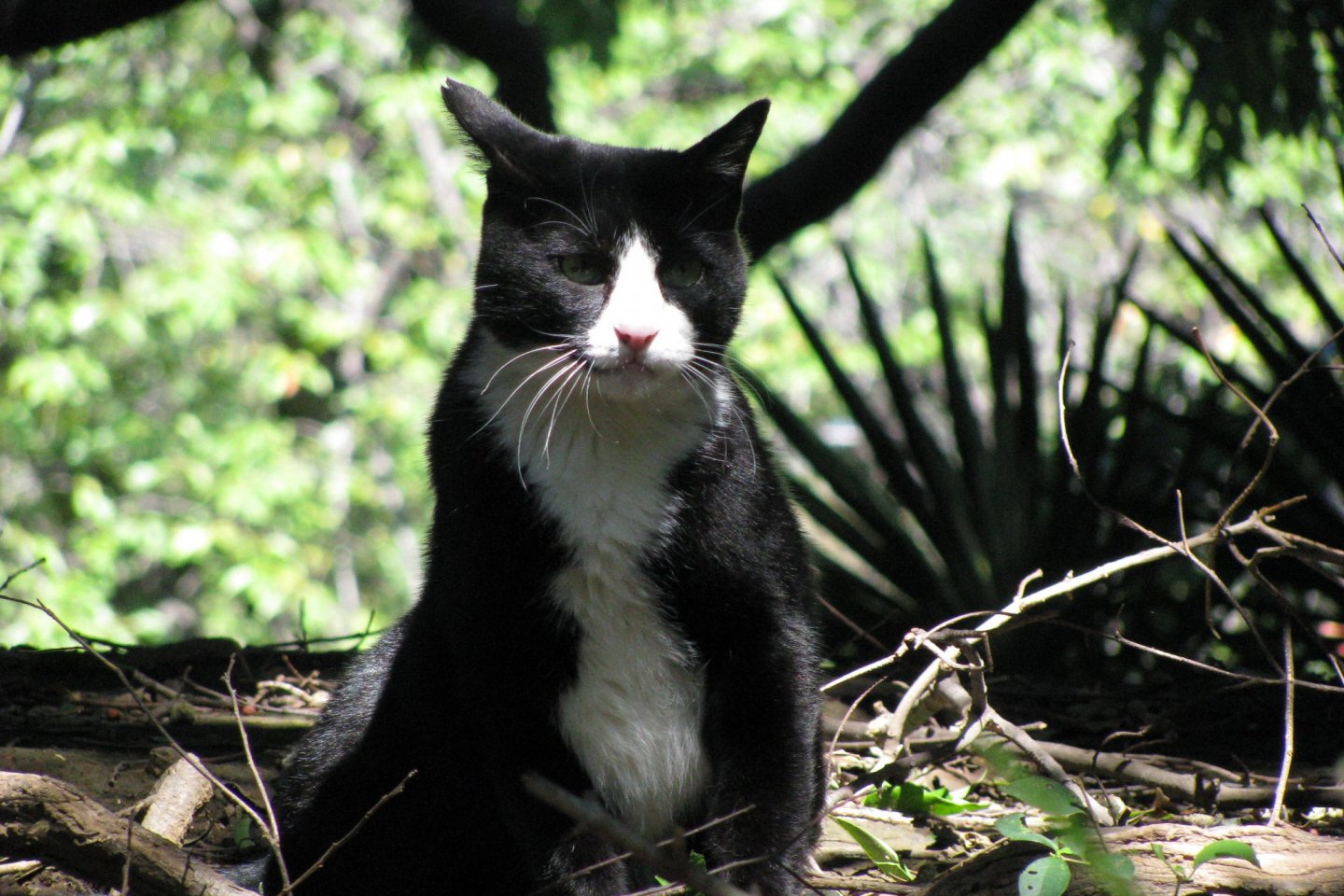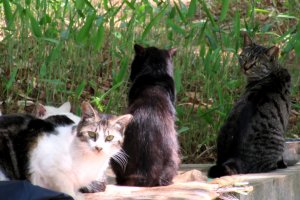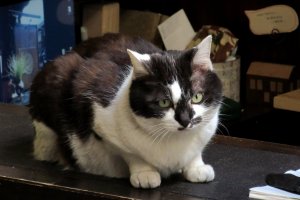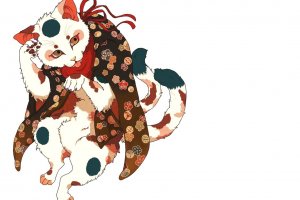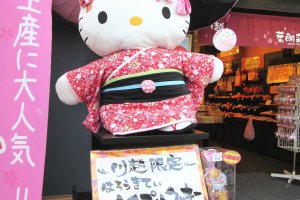Cats seem to have a special place in the culture of many countries, and are often regarded as cute, beautiful, independent and mysterious creatures. With all of these traits, cats are universally loved. The Japanese are no exception to this, and they too like cats, or ‘neko’ as they are known in the Japanese language!
During my trips to Japan I met many cats and they always looked like masters of their surroundings, whether it was at a shop, on a street, or in a park. On the Japan Travel website I read about Cat Islands in Miyagi Prefecture and in Fukuoka. I haven't had the chance to visit those places yet, but would like to someday.
When traveling throughout Japan, you can see images of maneki neko (beckoning cats) quite often, although they are not the only cat-based legend in Japan. More ancient legends picture bakaneko and nekomata, two different kinds of supernatural cats. According to legend, any cat becomes a bakaneko when it reaches the age of 13 and a half years old, or becomes big in size and weighty. Bakaneko are also said to be able to shapeshift into women. The legends of bakaneko and nekomata often confused for one another, but a key difference is that nekomata are said to have a forked tail. Being ancient legends, those characters seem scary and sometimes I’ve really noticed gazes of neko towards me…

Aside from the mythological cats in Japanese folklore, there are many cute images of cats in Japan, with several of them being well-known all over the world. Perhaps the best known is Hello Kitty, the iconic little white kitten. Hello Kitty appears on TV and is the main character of the indoor theme park Sanrio Puroland in Tokyo and Harmonyland in Oita. The image of Hello Kitty is very popular among young girls and is pictured on many accessories available in stores like Sanrio World in Ginza and other retailers across Japan.

Often for boys, a favorite character is the cat-robot Doraemon that first appeared in a manga created by the writing duo Fujiko Fujio in 1969. The manga series was very popular and a total of 1344 issues were produced. Later, in 1979, Doraemon appeared on TV and the anime series was also very popular. There is a Fujiko-F-Fujio Museum located in Kawasaki City.

I like those characters and some of my favorites are Nekobasu (Catbus) from the film Tonari no Totoro (My Neighbor Totoro) and the black cat named Jiji from the film Kiki’s Delivery Service, both by Hayao Miyazaki. You have the chance to meet those characters at the Studio Ghibli Museum in Tokyo.

